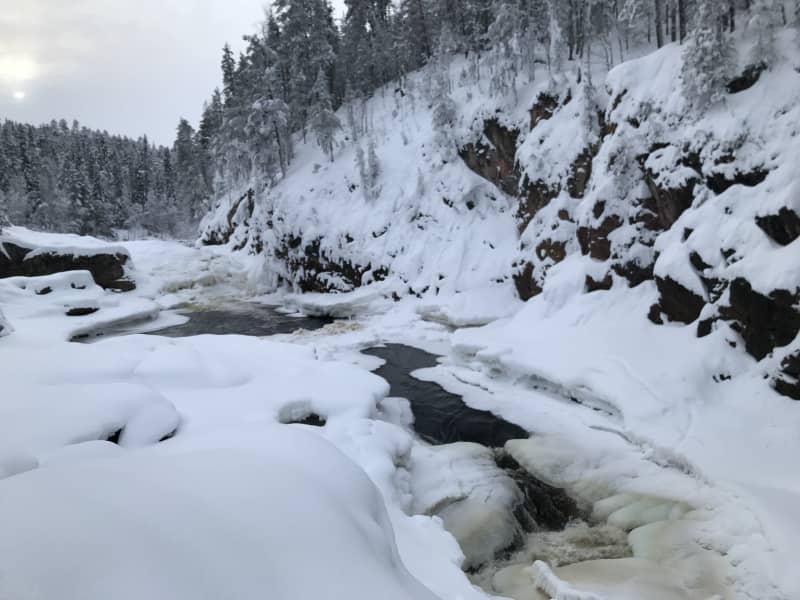Climate change is increasingly visible in Oulanka National Park
Metsähallitus is trying to prepare for the effects of climate change. This includes, among other things, climate research and collecting information from local people.
Climate change is already strongly reflected in Oulanka National Park. Metsähallitus aims to influence it when renewing the park’s care and use plan.
Preparedness work will be informed by climate research and practices elsewhere in the world. In addition, information is being collected from stakeholders and local residents on the impacts of climate change in the region.
– River routes have been important for park maintenance. In recent years, service routes have become uncertain due to the weakened ice, says Jartti.
Jartti points out that over the last 50 years, the Oulankajoki ice -covered time has been reduced by 50 days in the Oulanka Research Station.
– It’s pretty much, Jartti says.
According to Leena Jart, there are many ways to prepare for climate change. One way is to monitor the changing environment with an eye -minded manner, based on one’s own experiences, and to make plans based on observations.
– Of course, in the upgrade of the care and use plan, we are considering things more scientific, says Jartti.
The update work started at the beginning of the year. In connection with this, Metsähallitus also develops new methods for planning climate change preparedness.

The number of visitors to the Oulanka National Park has increased to nearly 200,000 annually. According to Leena Jart, there is no need to restrict the number of visitors due to climate change or the special wear and tear of nature.
– Customers visiting parks in the future can be further guided to work properly in the terrain so that nature does not suffer because of visitors, says Jartti.
Leena Jartti says that at worst, the change in climate can also change the circumstances in Oulanka.
– Routes can become more slippery in winter, drought can increase and result in increasing the risk of fires, and even drinking water problems can occur in the future, Jartti lists.
The purpose of the upgrade of the care and use plan is to reconcile the needs of the protection of nature and cultural heritage, recreational and nature tourism in the National Park in the next 10 to 15 years.
